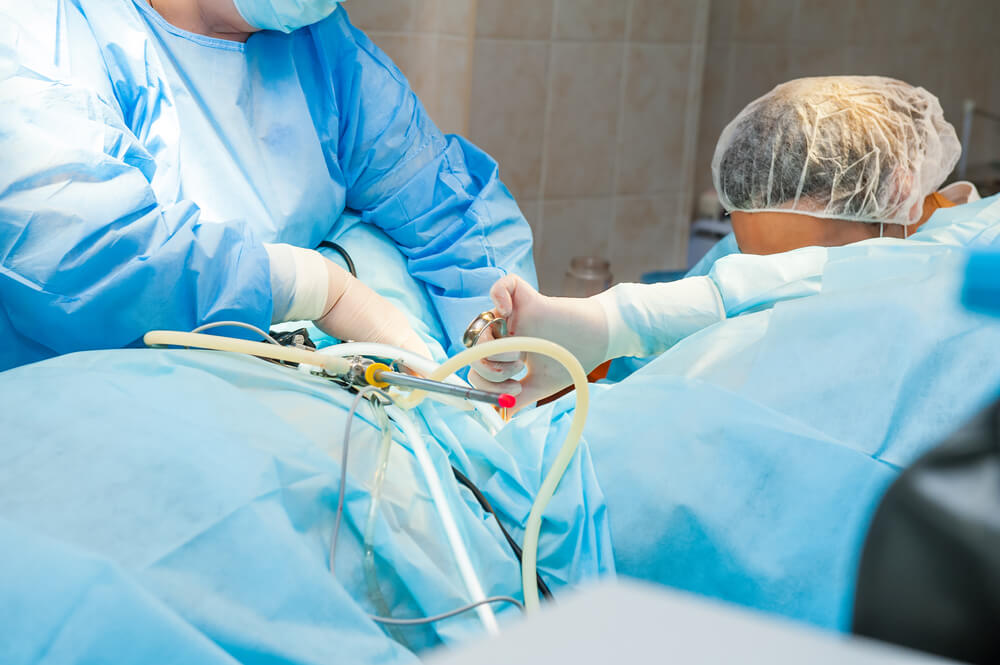TREATMENT
Before the procedure, you have to do the following things:
- Be with someone. Ensure you are with someone to accommodate and take good care of you. Anesthesia and medicines can put you in danger.
- Understand the surgery process. Before the surgery, you have to know how the procedure is being made, the plan, benefits, and risks.
- Inform your doctor about your medicines. Medications may interact with the surgery so, it’s better to inform the doctor if you are taking any medications. Some medicines can make the bleeding worse.
What Happens On The Day Of Surgery?
Follow the steps precisely when to avoid drinking and eating, or your procedure may be postponed.
- If you have been commanded by your physician to take your medications on the day of hysterectomy, please do so with only a little water.
- Take showers or a bath before having a hysterectomy. Do not use lotions, perfumes, deodorants, or nail polish.
- Don’t cut the hair or trim the site of the surgery.
- Detach all piercings, contact lenses, and jewelry.
How Do Physicians Perform Surgery?
During the laparoscopically assisted vaginal hysterectomy, tiny incisions will be created in the abdominal wall, then trocars will be inserted to give way for the microsurgical devices. To enlarge the imagery, a small camera is attached to tools where it can be seen on the television. With the use of laparoscopic tools, the uterus is separated from the ligaments where it connects to and to other frameworks of the pelvis. If removal of the ovaries and fallopian tubes are needed, they will also be separated from the blood supply and ligaments. These organs and tissue are detached through the vagina’s incisions.


